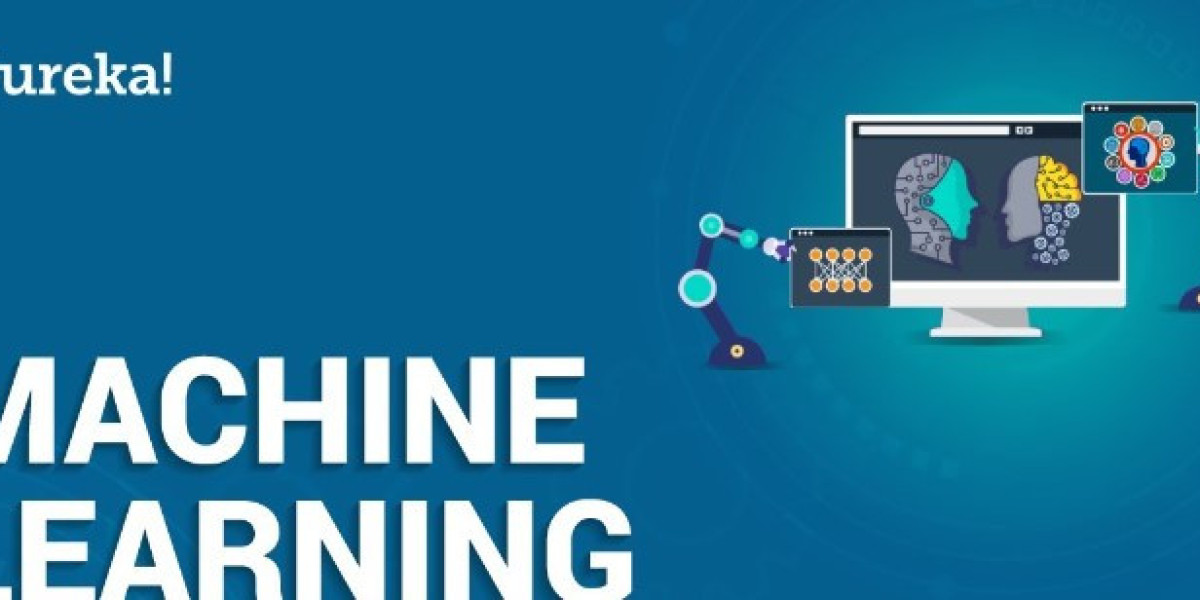Supervised learning is a fundamental category of machine learning algorithms that involves training a model using labeled data to make predictions or classifications. In supervised learning, the algorithm learns from a dataset where the input data is paired with corresponding correct output labels or target values.
The process of supervised learning typically involves the following steps:
1. Data Collection: A dataset is created or obtained, consisting of input data and their corresponding output labels or target values. The input data can be in the form of features or attributes, and the output labels represent the desired predictions or classifications.
2. Training Phase: The algorithm is trained on the labeled dataset, where it learns the underlying patterns and relationships between the input data and the output labels. The algorithm adjusts its internal parameters or model weights to minimize the difference between the predicted values and the actual labels.
3. Testing and Evaluation: After the model is trained, it is evaluated on a separate set of labeled data, known as the test set or validation set. The model's performance is assessed by comparing its predictions or classifications with the known target values. Various evaluation metrics, such as accuracy, precision, recall, or mean squared error, can be used to quantify the model's performance.
Supervised learning algorithms can be categorized into two main types:
1. Regression: Regression algorithms are used when the goal is to predict a continuous numerical value. The algorithm learns a mapping between the input features and the continuous target variable, enabling it to make predictions within a specific range.
2. Classification: Classification algorithms are used when the goal is to assign input data into predefined categories or classes. The algorithm learns the decision boundaries between different classes based on the input features, allowing it to classify new data into the appropriate class.
Supervised learning has a wide range of applications, including sentiment analysis, image recognition, spam detection, medical diagnosis, and financial forecasting. It is a powerful approach that leverages labeled data to train models capable of making predictions or classifications on unseen data, enabling automation and decision-making in various domains.



